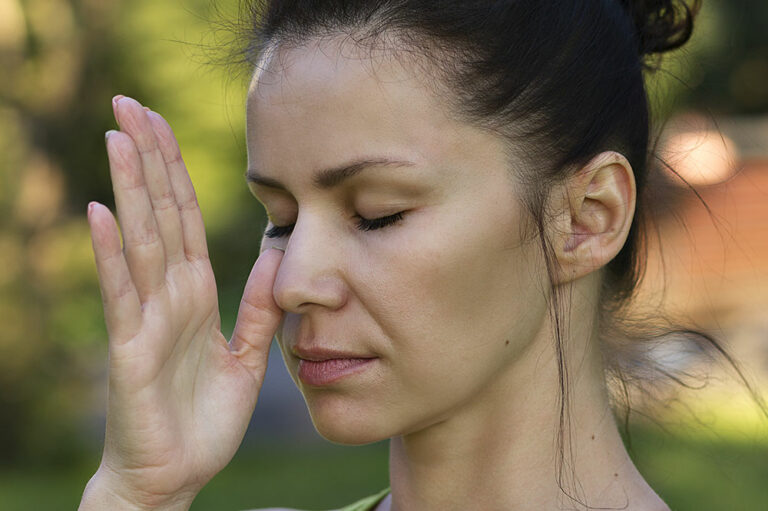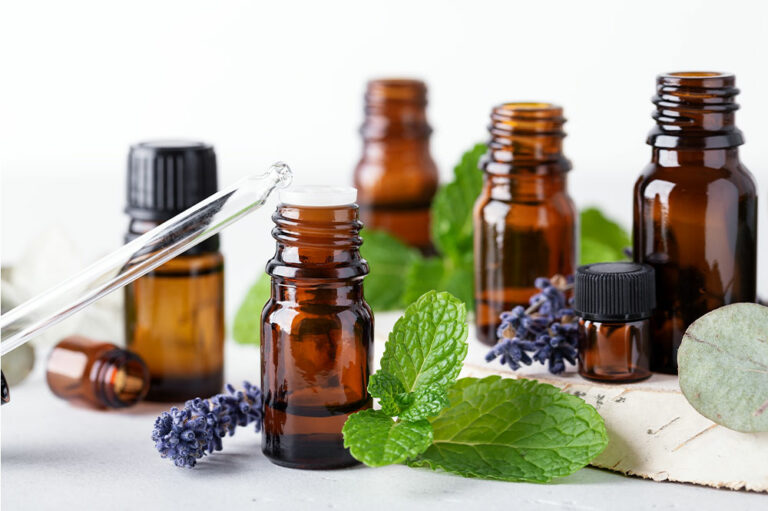
Household products that may cause COPD and lung damage
One assumes that one’s home environment is safe. However, household products contain substances that, when inhaled over time, can harm the lungs and contribute to the development of Chronic Obstructive Pulmonary Disease (COPD). COPD is a progressive lung disease that includes conditions like chronic bronchitis and emphysema, and thus, it’s essential to be aware of potential lung irritants found in everyday household items. Read on about household products that may increase the risk of COPD.
Cleaning products
Aerosol sprays
Cleaning sprays often contain volatile organic compounds (VOCs) that can irritate the respiratory system. Aerosol sprays can disperse these chemicals into the air, increasing the risk of inhalation.
Bleach
The strong fumes released by bleach can irritate the airways and cause lung inflammation. Using bleach in a well-ventilated area and wearing a mask can mitigate some of the risks.
Ammonia
Ammonia-based cleaners can release harsh fumes that, when inhaled, may irritate the lungs and exacerbate respiratory conditions like asthma and COPD.
Air fresheners
Spray and plug-in air fresheners
These products release a mix of chemicals into the air to mask odors. Some contain VOCs and allergens that can irritate the respiratory tract when inhaled. Opting for natural air fresheners or improving indoor air quality through ventilation is a safer choice.
Mold and mildew removers
Mold-killing products
Mold and mildew removers often contain strong chemicals like chlorine and hydrogen peroxide. Inhaling the fumes from these products are likely to irritate the airways and worsen lung conditions.
Paint and solvents
Oil-based paints
Oil-based paints and their solvents emit VOCs, which can linger in the air and irritate the respiratory system. Proper ventilation and wearing a mask when painting are essential precautions.
Turpentine and paint thinners
These solvents are often used to clean paintbrushes and equipment. The fumes can irritate the airways and may lead to lung problems when inhaled frequently.
Cooking fumes
High-temperature cooking methods
The process of searing, frying, or grilling at high temperatures can produce harmful fumes, including polycyclic aromatic hydrocarbons (PAHs). Prolonged exposure to these fumes, especially in inadequately ventilated kitchens, can contribute to lung irritation.
Insecticides and pesticides
Spray insecticides
Insecticides can contain neurotoxic chemicals that, when inhaled, can lead to respiratory distress and irritation. It’s crucial to use these products with caution, preferably outdoors, and avoid inhaling the fumes.
Wood and fireplace smoke
Wood-burning stoves and fireplaces
The smoke from burning wood contains fine particulate matter and harmful chemicals that can irritate the respiratory system. Proper ventilation, regular chimney cleaning, and using seasoned, dry wood can help reduce risks.
Candles and incense
Scented candles
Scented candles emit soot and potentially harmful chemicals into the air. Prolonged exposure may lead to respiratory issues. Opt for unscented candles or use essential oil diffusers for fragrance.
Hair and nail products
Hair sprays and nail polish
Many hair sprays and nail polish products contain VOCs and other irritants. Using these products in well-ventilated areas and minimizing exposure is advisable.
Dry cleaning chemicals
Dry cleaning solvents
The chemicals used in dry cleaning can release fumes that, when inhaled, may irritate the respiratory system. It’s essential to remove plastic coverings and air out dry-cleaned items before bringing them indoors.
Carpets and upholstery
New carpets and upholstery
Newly installed carpets and upholstery may release VOCs from adhesives and chemicals used during manufacturing. Proper ventilation and airing out these items can help minimize exposure.
Detergents and fabric softeners
Detergent and fabric softener fumes
The fragrances found in detergents and fabric softeners can emit fumes that may irritate the respiratory tract. Individuals with sensitivities or lung conditions should opt for fragrance-free options.
Gas stoves and appliances
Natural gas appliances
Gas stoves and appliances, if not properly maintained or vented, can release nitrogen dioxide and carbon monoxide, both of which can harm the lungs when inhaled.
Household dust and allergens
Dust mites
Dust mites thrive in bedding, carpets, and upholstery. Inhaling allergens from dust mites can exacerbate allergies and asthma, potentially contributing to lung irritation and respiratory issues.
Preventive measures to note
While it’s challenging to entirely eliminate these household products from daily life, individuals can take several preventive measures to reduce their lung-related risks:
Ensure proper ventilation by undertaking simple measures like opening windows and using exhaust fans when using potentially harmful products.
Read product labels to identify and avoid those containing harmful chemicals.
Wear masks and use protective gear when handling substances known to emit fumes.
Store chemicals and products safely in well-ventilated areas away from living spaces.
Choose safer, eco-friendly, and low-VOC products when available.
Maintain gas appliances and heating systems to prevent gas leaks and reduce indoor air pollution.
Consider buying and using air purifiers with HEPA filters to reduce indoor air pollutants.
Individuals with preexisting lung conditions or sensitivities should consult a healthcare professional for guidance on minimizing exposure risks. If there are any other side effects or allergies that should be checked, go through the appropriate testing to have a better diagnosis of the allergens and triggers.
In conclusion, while the home is perceived as a sanctuary, it’s crucial to recognize that some household products can pose risks to lung health and contribute to conditions like COPD. Awareness of these potential hazards, coupled with precautionary measures and informed choices, can help safeguard respiratory well-being and create a healthier indoor environment. Prioritizing lung health within the home is an essential step toward preventing respiratory ailments and ensuring a safe, comfortable living space for all. If one notes any difficulty in breathing or any other symptoms of lung conditions, it is crucial to consult a healthcare specialist at the earliest. It is also vital to note possible triggers in the house and take adequate steps to prevent exposure to them.







